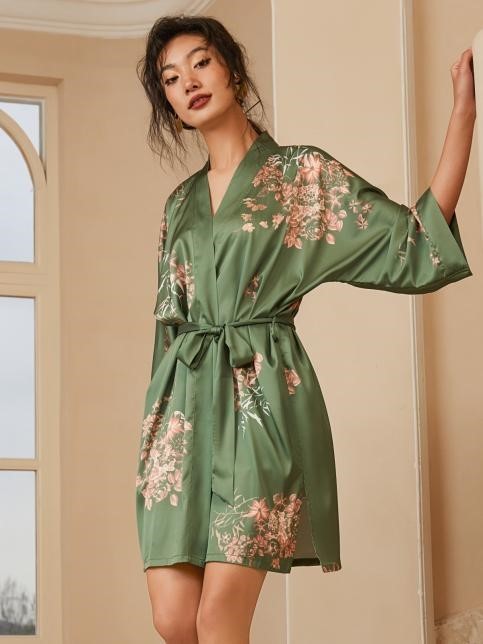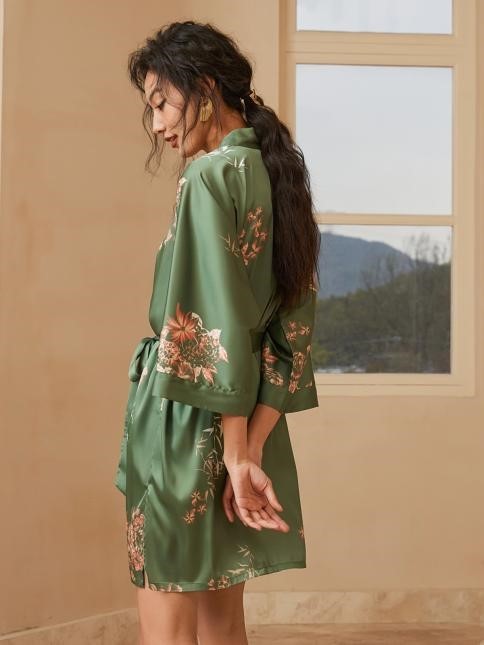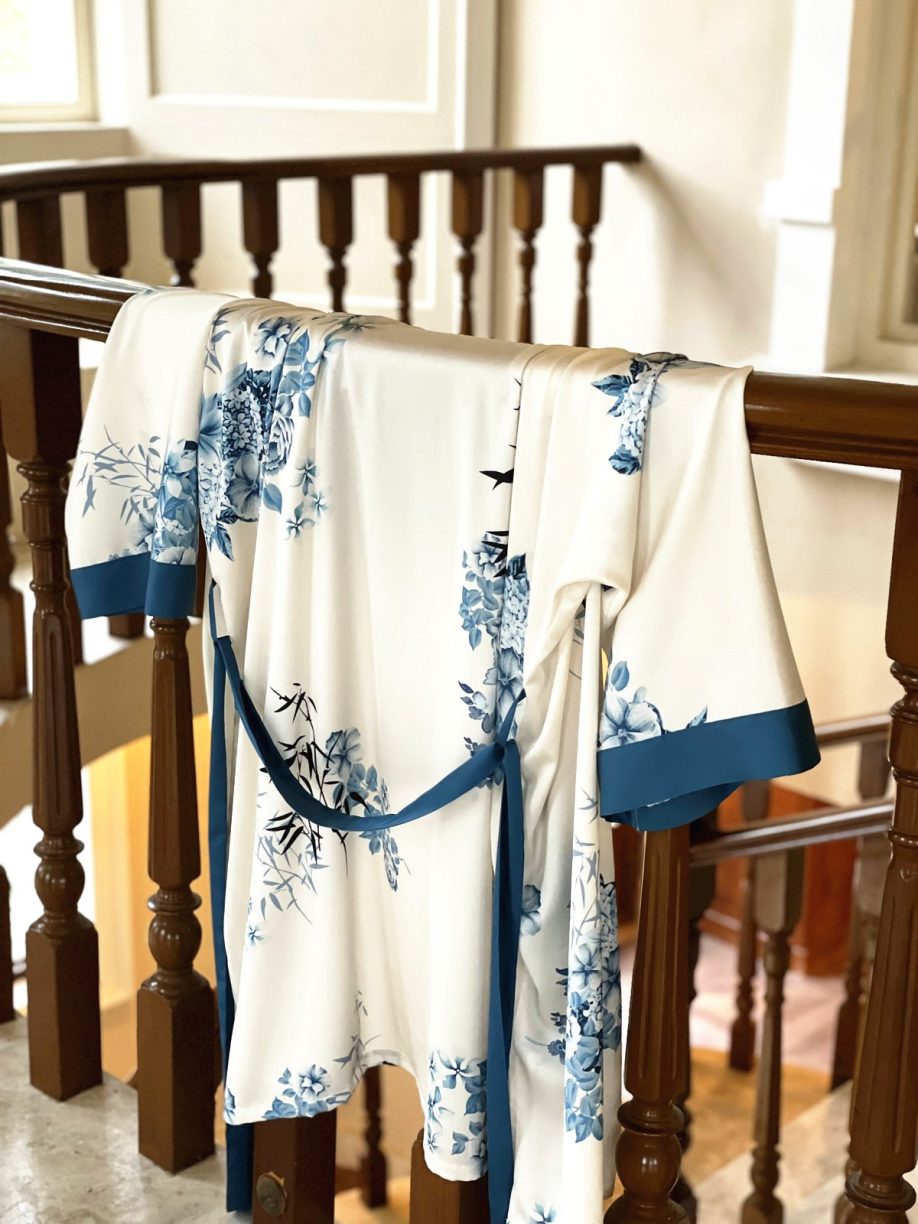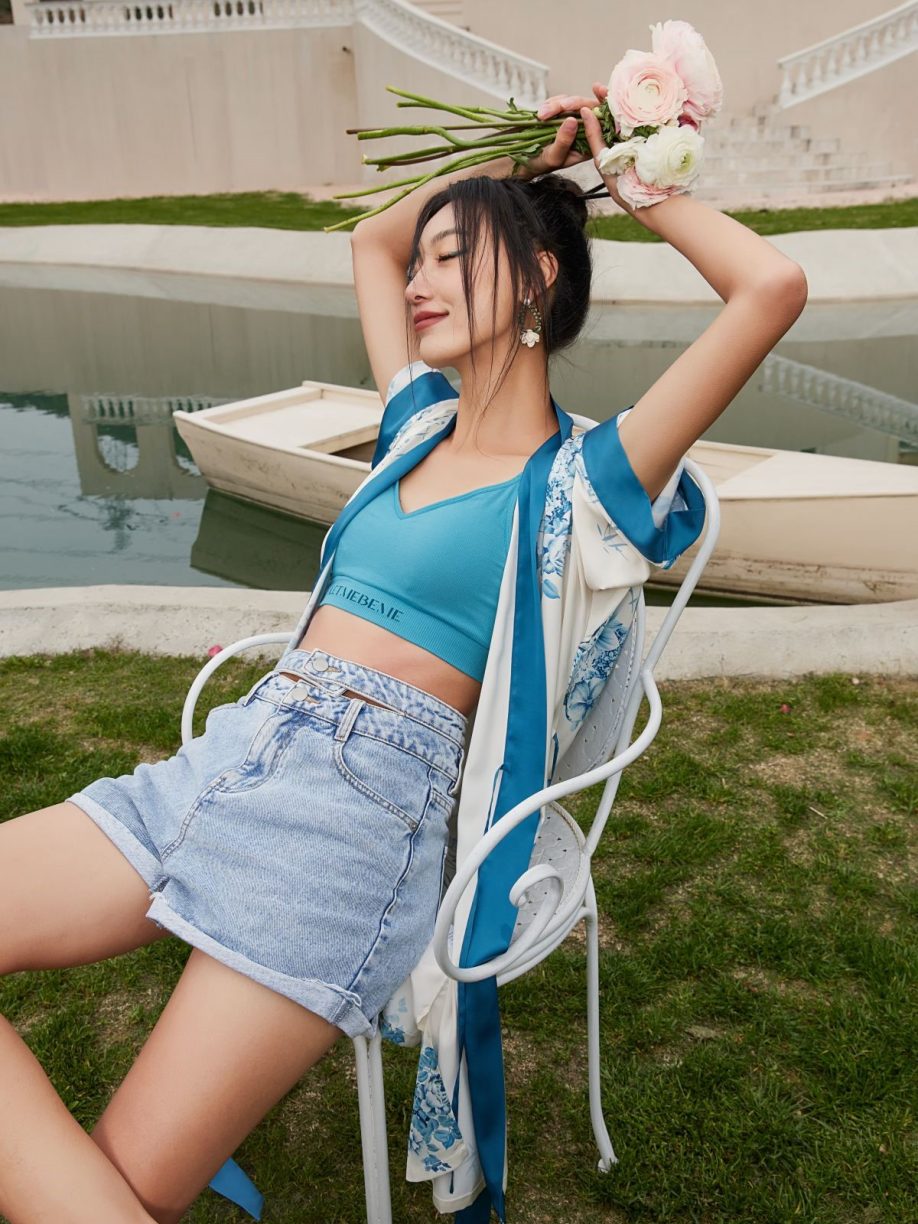Best Short Kimono
A kimono — known to some as a robe — is a luxurious and loose-fitting garment that can make a chilly morning or evening more comfortable. They come in many different styles suitable for men and women and are much more than just a comfort item.
The most important things to know when choosing a kimono is that there are hundreds of different designs and black kimonos is the most popular one. If you are not buying a kimono for a touristic trip to Japan, you should definitely choose a kimono made of your favorite color. In this way, you can wear your favorite color at your most comfortable moment and it will also make you aesthetically happy.
What Colors Look Best on Cool Undertones?
People with cool undertones to their skin will want to avoid soft, pastel shades or bright colors. The same goes for neutrals; rather than white, light beige or stone, choose richer shades such as sand, camel, khaki and slate grey.
This doesn’t mean you can’t express yourself through color. It just means you have to mix light colors with dark ones. Red, though not best suited to the ruddier, rosy-cheeked pale person, can work for more alabaster pale skin tones when worn in bold shades like crimson.
What Colors Look Best on Warm Undertones?
While most colors will work with a warm skin tone, you can ensure you look your best by opting for shades that are either a little brighter or darker than the middle ground. What does that mean exactly? Choose pale beige rather than warm sand if you’re opting for light neutrals, or try a bolder shade of purple (such as magenta) rather than mauve, for example.
Since your skin will likely have yellow or green undertones, it’s wise to avoid wearing shades of these colors that are too close to your skin tone. What you’re trying to avoid here is ending up looking nude by having your skin blend in with your clothing.
What Colors Look Best on Neutral-toned Skin?
The color of your skin is perfectly positioned to marry well with the vast majority of hues and shades, as it doesn’t run the risk of being washed out like comparatively pale skin tones. With that said, there are a couple of caveats.
Having a license to wear bold, bright colors like jade green or cobalt blue is great, but be mindful of adding balance to your outfit with a color that will hold the look together. Instead, choose a single pop of color or two that complement rather than compete with each other. Bright red is a winning shade on you with a neutral skin tone.
Yellow is pretty much a no-go. Much like how pastel shades wash out paler skin tones, yellow won’t contrast clearly enough with your skin. While black and navy are two key colors in anyone’s wardrobe (making up the majority of formal and corporate wear), it’s worth keeping these to a minimum to really make the most of your especially versatile skin tone.
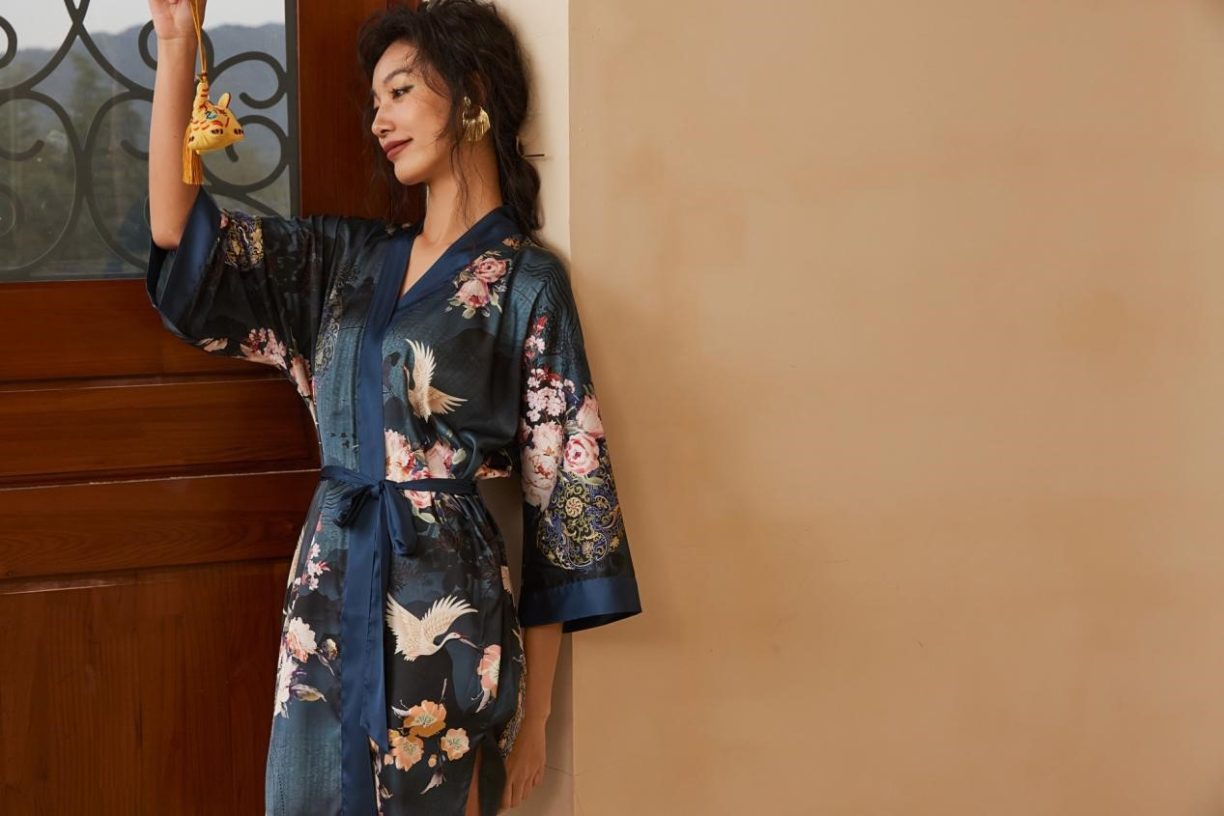
Choosing the Right Size for Your Best Short Kimono
We recommend taking your measurements when buying a short kimono so you can check them against the manufacturer’s sizing chart and find a short robe that’s ideal for you. Pay attention to the following areas:
- Sleeve length: Measure from your shoulder to wrist.
- Shoulder width: Measure from one shoulder edge to the other.
- Chest: For women, measure the circumference around the bust line. Men can measure the chest and back circumference by measuring under the arms.
HINT: When in doubt, you can look for a bathrobe that is marked ‘one-size-fits-all’.
Choosing the Best Material for Your Best Short Kimono
A short kimono comes into contact with your skin frequently, so the material is important to ensure maximum comfort! Short kimonos come in a variety of different materials, each providing something unique to the wearer. There are a few things to consider, including the weight, texture, absorbency, and durability of the material. And, of course, the price!
- Cotton: Cotton short kimonos are made from a soft and breathable material that’s hypoallergenic and feels amazing on your skin.
- Silk: This is a shiny fabric that feels smooth and luxurious against the skin. While silk robes are not warm or absorbent, they are popular with women who wear them in the summer months around the house or pool.
- Satin: Much like silk, satin is a smooth, elegant, and lightweight fabric. It’s more affordable than silk and is great for wearing around the house, at the spa, or on a summer holiday.
- Flannel: Flannel is a soft, warm fabric that makes for a classically comfortable kimonos. Typically made from a blend of cotton and wool, it has absorbing and insulating properties.
- Velour: If you’re looking for a thick, warm robe that looks and feels like velvet, then velour is the material for you.
Overall, pay attention to quality and how it feels on your skin – go for the best quality robe that’s within your budget.
Read more fashion articles at ClichéMag.com
Images provided by Deposit Photos, BingAI, Adobe Stock, Unsplash, Pexels, Pixabay & Creative Commons


